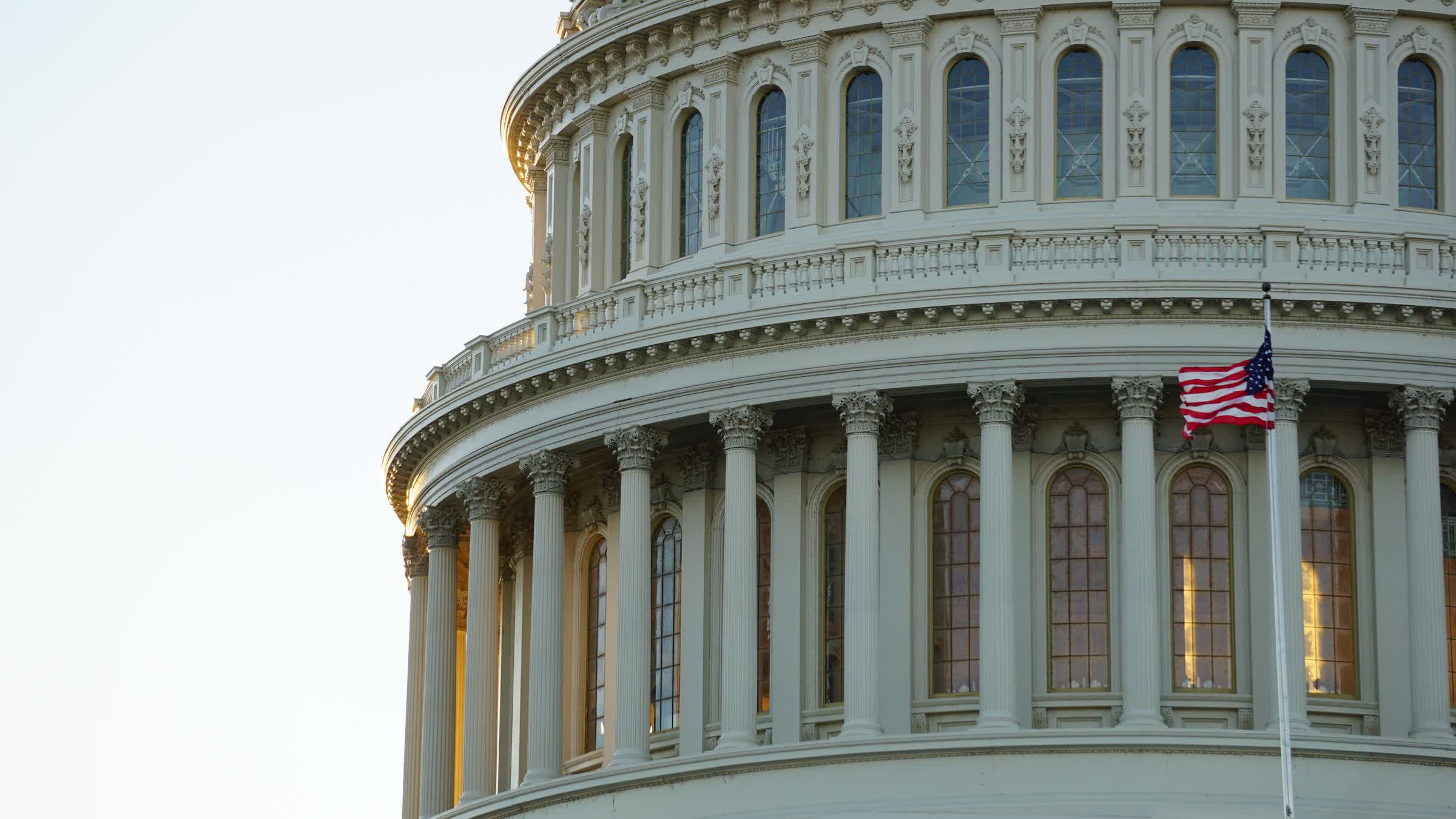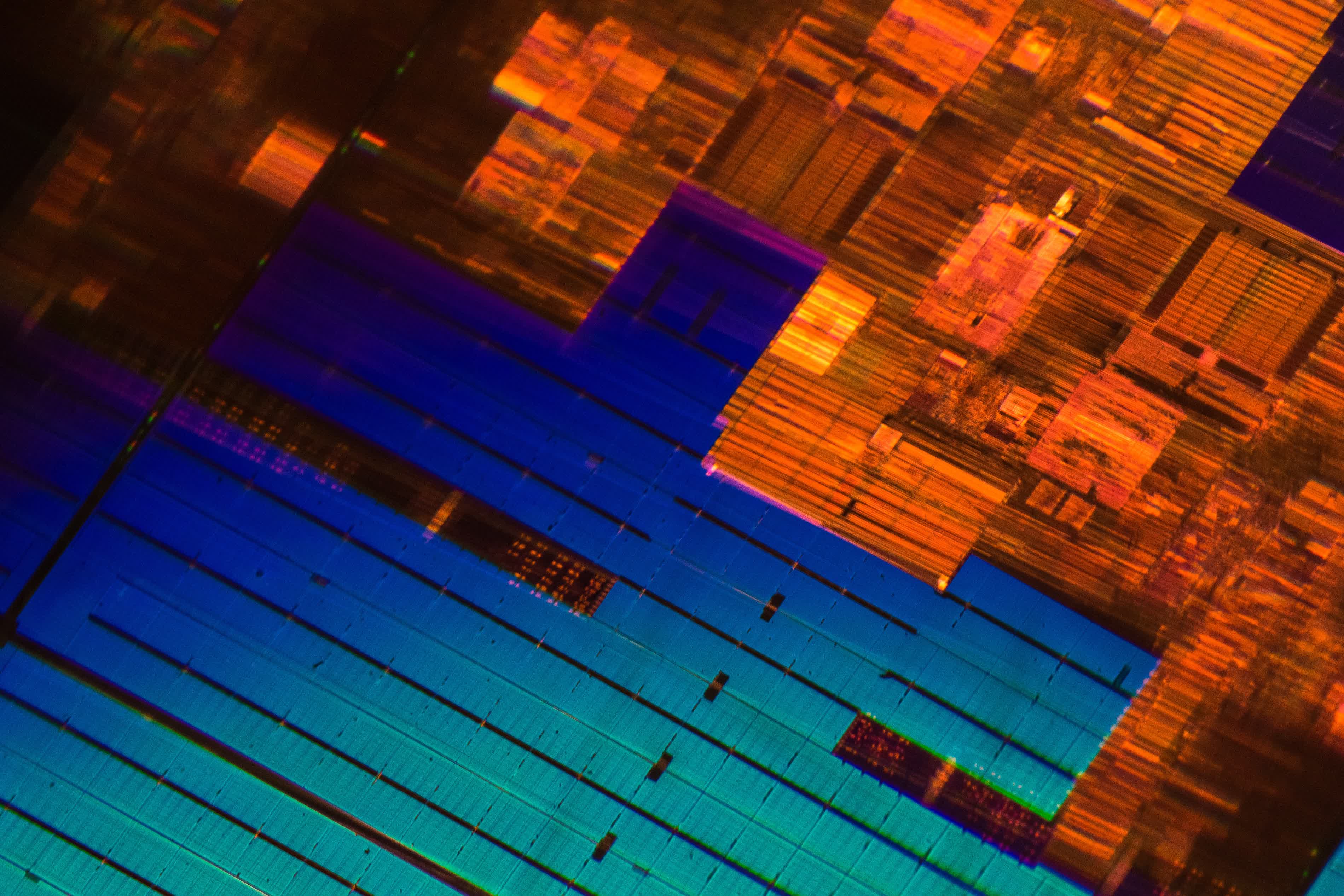In brief: Rebuilding the semiconductor industry in the US will not only take time but also a significant amount of government subsidies for both American and foreign companies. A slimmed-down version of the required legislation is now subject to the first procedural vote, to hopefully get it passed as soon as next week. Even so, the bill comes with some fine print for companies that have a presence in China or wish to operate there in the future.
It wouldn't be the first time silicon giants warned about the lack of government funding for their expansion efforts, but they're once again sounding the alarm. Last month, companies like TSMC, GlobalWafers, and Intel warned that unless Congress unlocks $52 billion in funding for the domestic semiconductor industry, they won't be able to execute on their current ambitions.
Thus far, Intel looks like it will be the biggest beneficiary of the new subsidies, as the CHIPS Act is technically supposed to support domestic companies first and foremost. That said, industry bodies like SEMI last year made the case for helping the greater semiconductor ecosystem, which includes several foreign companies that wish to grow their US footprint.

On Monday, US Senate Majority Leader Chuck Schumer explained the Senate would vote on the matter of government subsidies for the chipmaking industry by treating it as a separate bill. This would see chipmakers get $52 billion while telecom companies would get $1.5 billion for 5G network deployments.
Previously, this was part of a larger, $250 billion bill known as the US Innovation and Competition Act. Driven by fears that too much of the global semiconductor production takes place in Taiwan, governments are racing to build more local manufacturing capacity to reduce the risk of future shocks caused by trade tensions.
It's worth noting the new government stimulus for chipmakers comes with some small print. On one hand, companies like Nvidia, AMD, Qualcomm, Micron, Texas Instruments, NXP Semiconductors, GlobalFoundries, and equipment suppliers like ASML and Lam Research could benefit from the subsidies, if only as a one-time event. On the other, they would be required to refrain from building or expanding operations in countries considered "unfriendly."

Chief among these unfriendly countries would be China, which is planning to reduce its reliance on semiconductor imports as soon as possible. Any company that wants to extract funds from the $52 billion pool won't be allowed to make chips on a 28nm or smaller process node in the country.
Some industry officials believe this threshold doesn't make sense given the fast pace of advancements in process technology. Samsung recently started making chips on a 3nm process, with TSMC expected to follow in the coming months. Intel is still catching up, but it doesn't have any official plans to build advanced fabs in China.
Still, the bigger problem is that China is spending over $155 billion on the research and development of advanced chipmaking technologies. In some areas like NAND manufacturing, Chinese companies such as YMTC are quickly closing the gap compared to other industry giants like Micron and Samsung. There is a risk that the $52 billion the US is willing to invest in domestic capacity developments might not be enough.
Another issue is a dearth of skilled workers --- a problem that is felt across the global semiconductor and electronics industries, including places like Taiwan. Facilitating immigration by students and experienced engineers and researchers is one way to solve this issue. Another would be to support microelectronics and semiconductor degree programs such as the one recently launched by Purdue University, or initiatives like the American Semiconductor Academy.
Lastly, it seems that not all chipmakers are happy with the CHIPS Act in its current form. These companies have asked to be unnamed to avoid potential industry and government blowback, but it wouldn't be too hard to guess they're of the fabless variety.
One such company explained off the record that "you have Intel that might get $20 billion with CHIPS Act plus $5 billion or $10 billion under the FABS Act. So $30 billion goes to your direct competitor, and you don't get a penny? That's going to cause problems in the market." In other words, fabless companies wish they could get tax credits for design activities, but they're not holding their collective breath for it to happen anytime soon.
Image credit: Jason Leung, Ian Hutchinson
